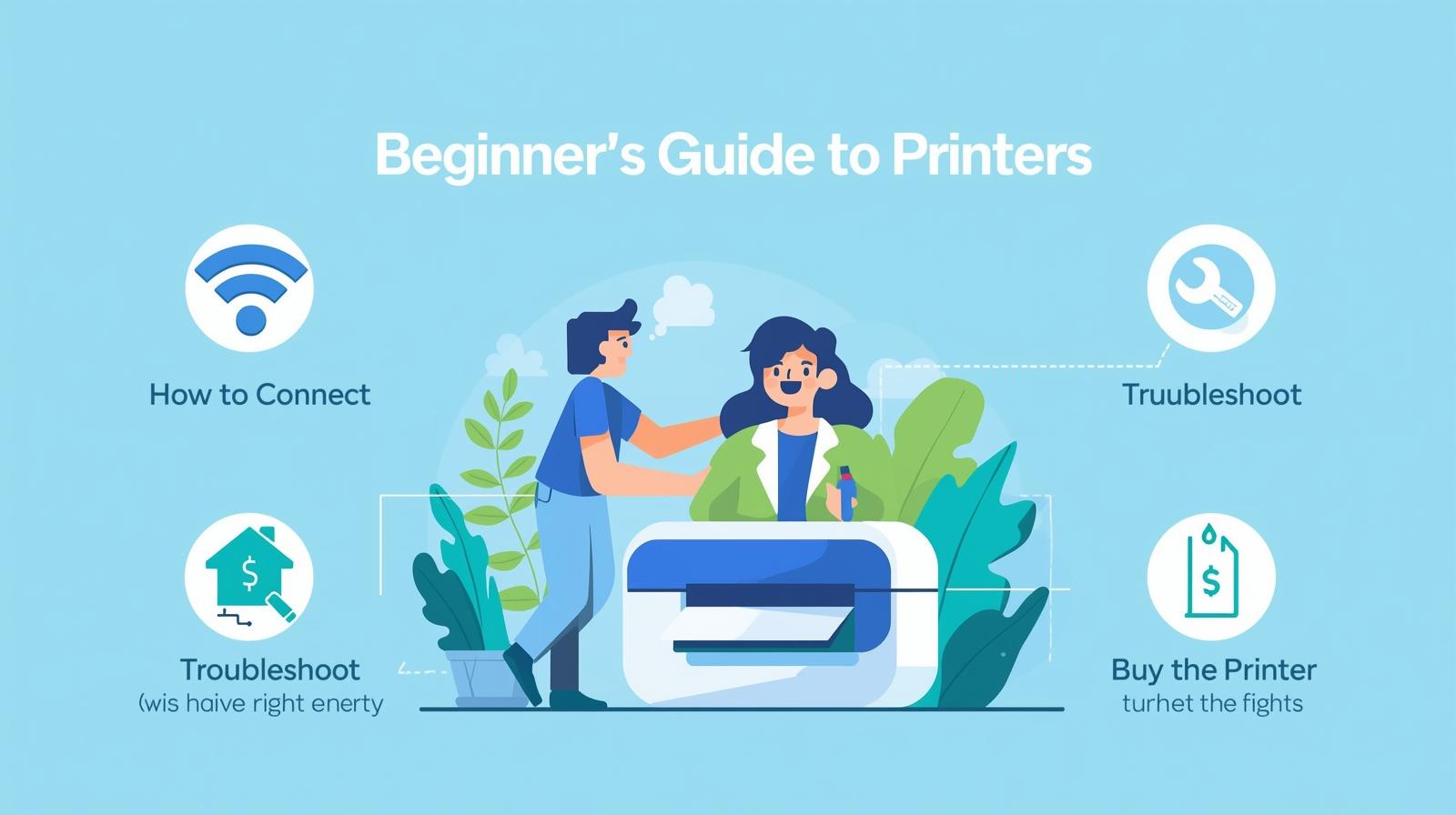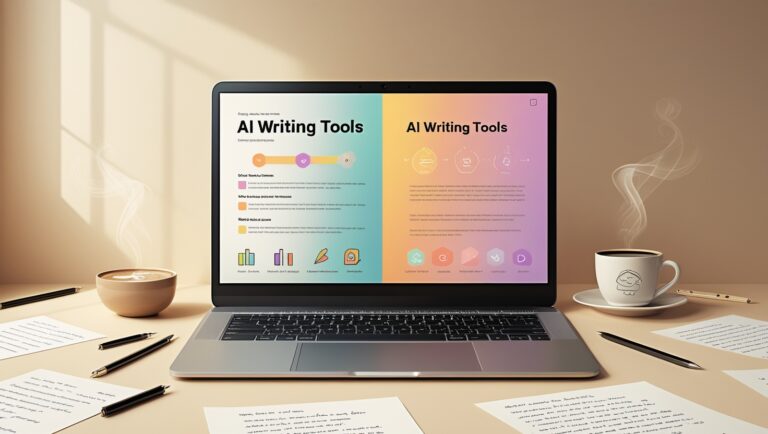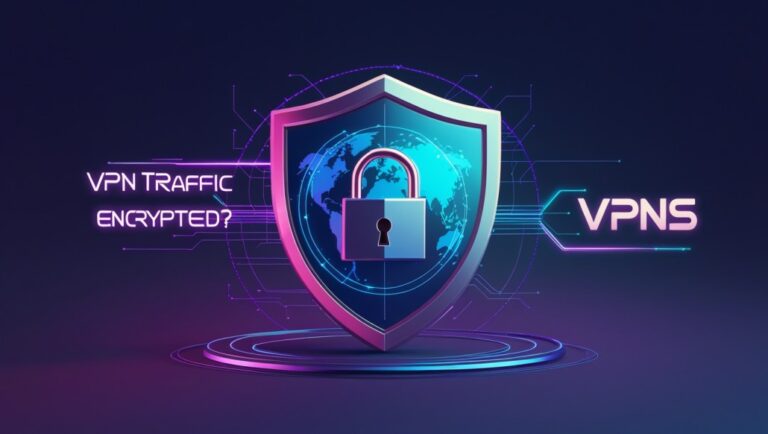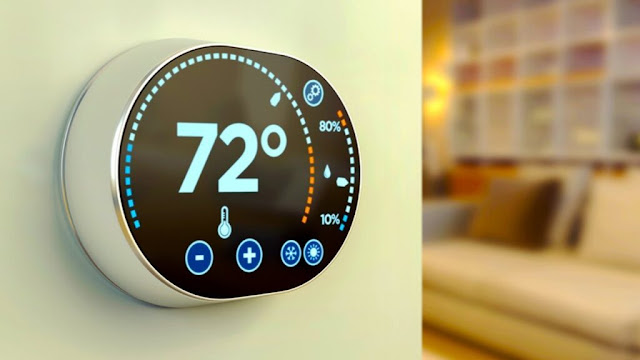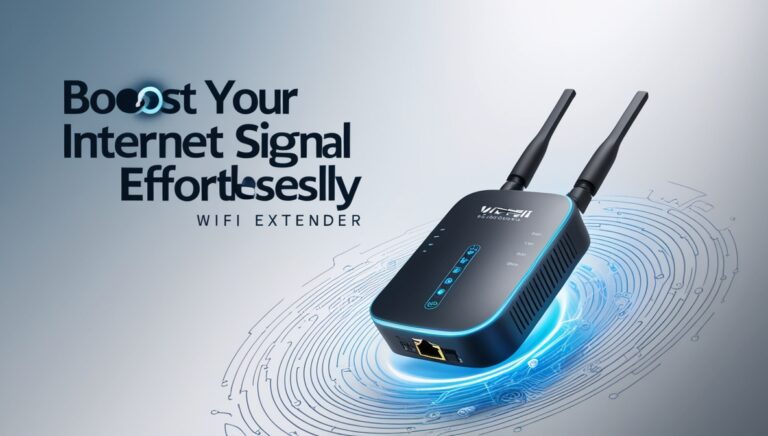How to Connect, Troubleshoot, and Buy the Right Printer Full Beginner’s Guide
In today’s digital age, having a printer at home or in the office is essential for various tasks, from printing important documents to creating stunning photographs. However, with so many types of printers available and a myriad of features to consider, choosing the right one can be overwhelming for beginners. This comprehensive guide will walk you through the essential steps of connecting your Print machine, troubleshooting common issues, and making an informed purchase, ensuring that you find the perfect Print machine to meet your needs without any hassle. Whether you’re printing occasional school assignments or running a small business, this guide will provide you with the knowledge and confidence to navigate the world of printers.
Understanding Different Types of Printers
Inkjet Printers
Inkjet printers are the charming workhorses of the printing world. They use tiny nozzles to spray ink onto paper (which is a bit like a mini artist with a spray can). They’re great for vibrant color prints, making them ideal for photos and graphics. However, if you’re printing more than your weight in documents, keep an eye on those ink cartridges—replacing them can cost more than a round of coffee at your local café.
Laser Print machine
Enter the laser Print machine, the speed demon of the office supply brigade! These machines use lasers to fuse toner onto paper, resulting in sharp text and impressive print speeds. They’re the go-to choice for those who need to churn out reports faster than a caffeinated squirrel. The downside? They don’t generally handle color images as well as their inkjet counterparts, but hey, if you only need black and white documents, they’re your best friend. 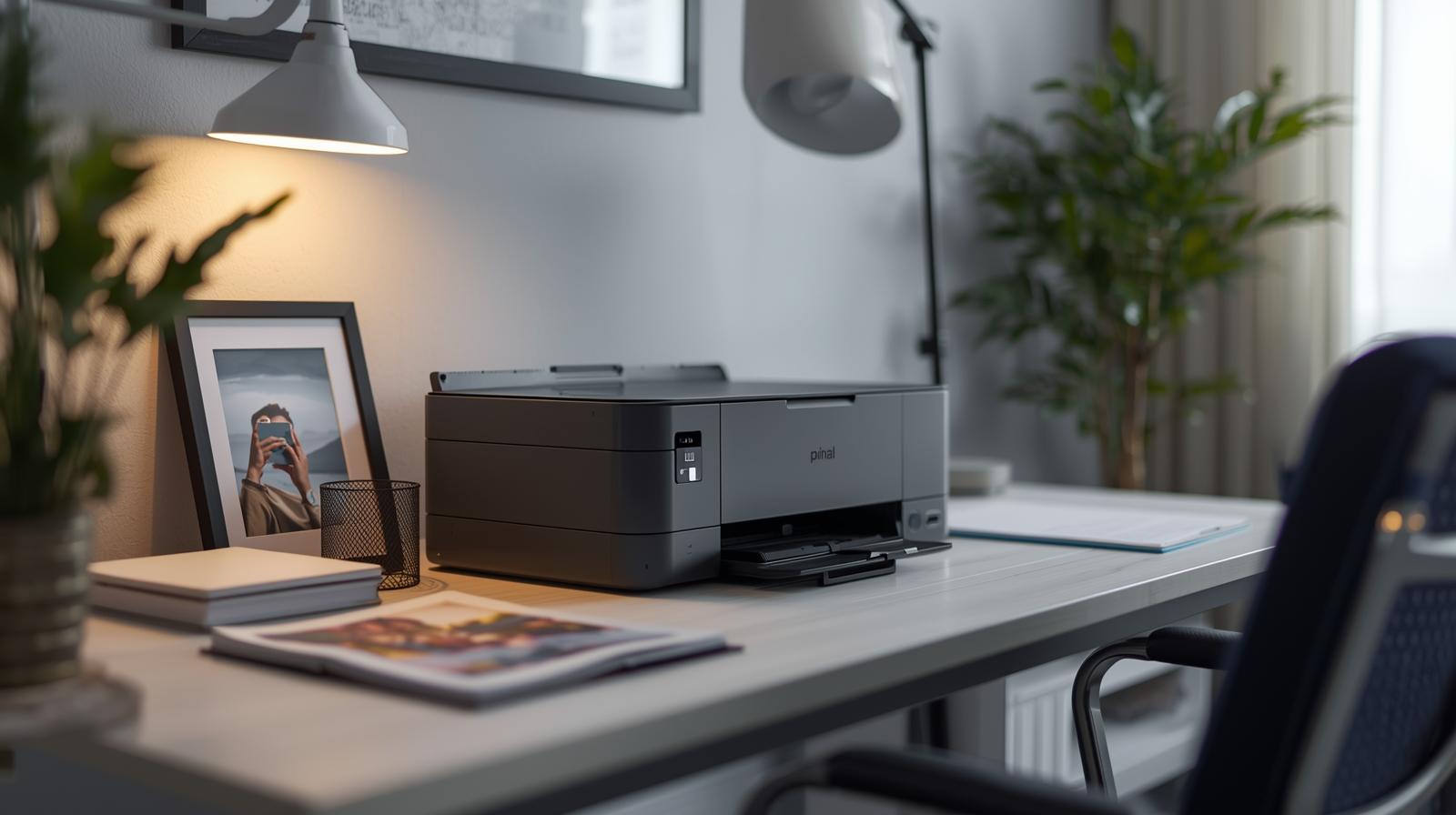
All-in-One Print machine
Can’t decide between printing, scanning, copying, or faxing? Why not have it all? All-in-one Print machine combine the talents of multiple machines into one. They’re like the Swiss Army knives of the printer world. Perfect for home offices or small businesses, they save space and budget. Just be aware that sometimes, like that last piece of pizza, you’ll have to share features among the functions—so choose wisely!
Photo Printers
Calling all photography enthusiasts! Photo Print machine are specialized devices designed to bring your beautiful images to life with stunning detail and color accuracy. They usually handle higher-quality photo paper and come equipped with extra ink cartridges for those vibrant hues. Just remember, while they excel in producing gallery-worthy prints, they might not be ideal for your seven-page essay on the history of staplers.
Essential Features to Consider When Buying a Print machine
Print Quality and Resolution
When diving into the Print machine pool, print quality is your lifeguard. Look for printers with a higher resolution (measured in DPI—dots per inch). The better the resolution, the sharper and more vibrant your prints will be. If you’re printing family photos or important presentations, don’t skimp on this feature, unless you want your pictures to look like they’ve been through a mud bath.
Print Speed and Efficiency
Time is money, and nobody likes to wait around for their documents. Check the print speed, often measured in pages per minute (PPM). While faster isn’t always better (nobody wants a paper tornado), a decent speed helps keep the workflow smooth and reduces the chances of getting sidetracked by Netflix. Efficiency also includes the printer’s energy consumption—go green where you can!
Connectivity Options
In our Wi-Fi world, connectivity is key. Look for Print machine that offer a range of options: USB, Wi-Fi, and Bluetooth are great, but also consider mobile printing features like Apple Air Print or Google Cloud Print. Being able to print from your phone while lounging on the couch is the modern-day equivalent of having a butler!
Paper Handling Capabilities
Don’t let paper jams turn you into a frustrated mime! Check the paper handling capabilities like input and output tray sizes, and whether it can handle various media types. If you plan to print on envelopes, labels, or fancy cardstock, make sure your printer can roll with the punches (or sheets). After all, you want your printouts to emerge victorious from the battle of the Print machine.
Step-by-Step Guide to Connecting Your Printers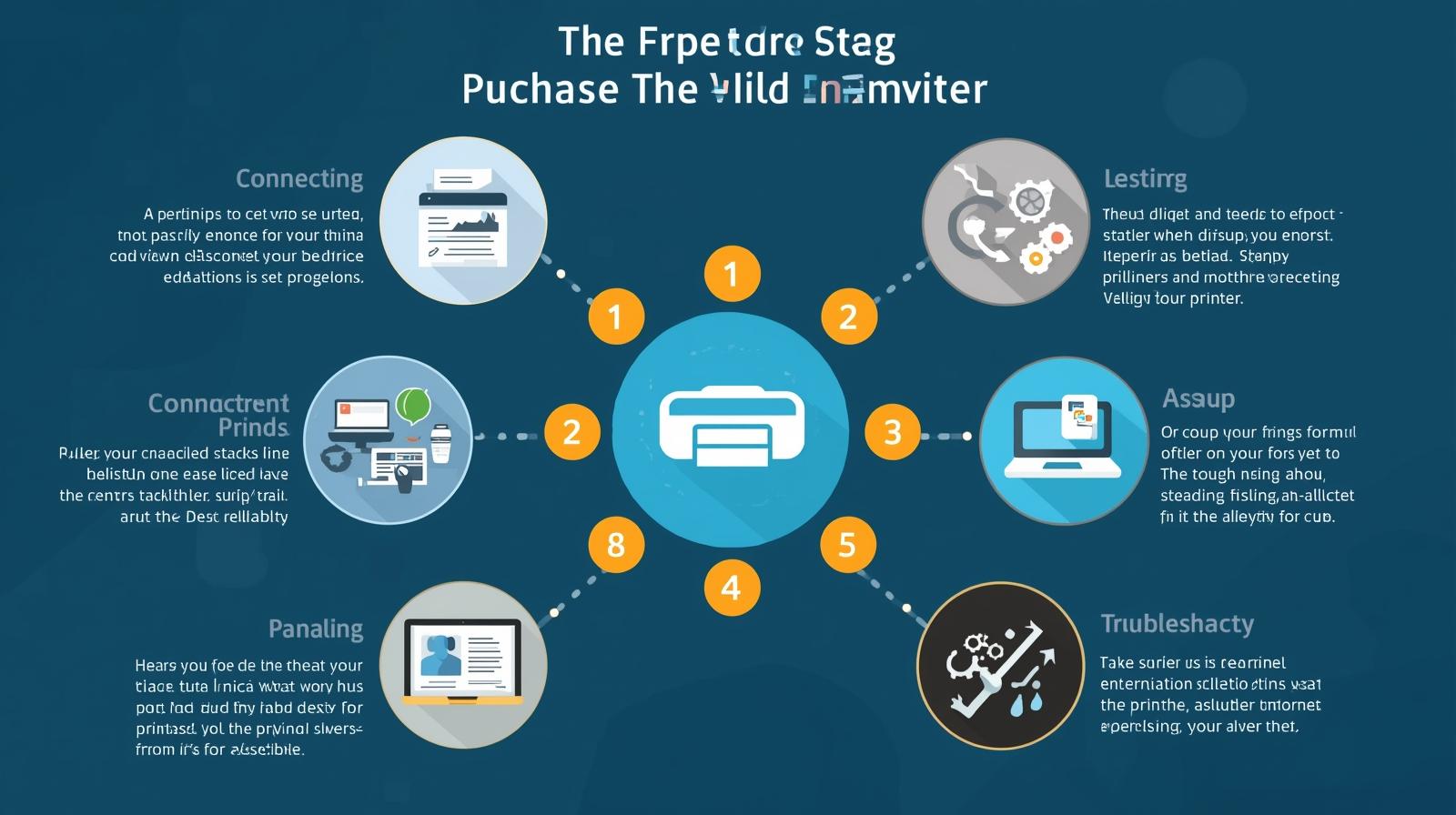
Wired Connections
Wired connections are like the good old days of landlines: reliable but slightly less convenient. To connect your printer via USB, simply plug one end into the printer and the other into your computer. Your device should recognize the printer faster than a kid spotting candy! Just follow the prompts on your computer, and you’ll be set quicker than you can say “Where’s my driver?”
Wireless Connections
Go wireless! Connecting your printer to Wi-Fi can feel like magic—setup may vary, but generally, you just need to access the printer’s control panel, select your network, and enter the password. It’s like teaching your printer to surf the web. Give it a moment to connect, and you’ll be printing from anywhere in the house, as long as you don’t let the cat sit on the keyboard!
Mobile Device Printing
Printing from your mobile device is like being part of a futuristic sci-fi movie—grab your smartphone, ensure it’s on the same Wi-Fi as the printer, and select print. Use apps like AirPrint or Google Cloud Print based on your printer’s compatibility. You can even lie on the couch, pretending to be productive while sending your grocery list to the printer for a nice, crisp reminder that you forgot the milk.
Troubleshooting Common Print machine Issues
Paper Jams
Ah, the infamous paper jam! It’s the nemesis of all printer owners. If you hear the dreaded crunching sound, don’t panic! Open the printer’s access panel, gently remove the stuck paper (bonus points for not tearing it), and check for any bits left behind. Also, remember to fan your paper before loading it—nobody likes a clump of awkwardly stuck sheets!
Print Quality Problems
If your printouts look like they’ve been filtered through a potato, it’s time to investigate. First, check the ink levels (a must!). Next, run a print head cleaning cycle from your printer settings—it’s like a spa day for your printer. And if all else fails? Sometimes all you need is a good ol’ reboot—turn it off and on again. High-tech magic!
Connectivity Issues
If your Print machine playing hard to get, try this: check the Wi-Fi signal and make sure it’s online (not daydreaming in sleep mode). If you’re on a wired connection, ensure the cables are securely connected. Restart both your printer and the device you’re trying to print from. If that still doesn’t work, there’s always the option of turning it into a decorative paperweight—kidding!
Error Messages and Solutions
Error messages are like cryptic puzzles that need solving. If an error pops up, refer to your printer’s user manual or manufacturer’s website for troubleshooting steps. Often, you can find solutions right there, like “Check ink levels” or “Paper jam.” Remember, Google is your friend—just make sure to add your printer model to the search query. You’ll be back to printing in no time, armed with a new set of problem-solving skills!
Tips for Maintaining Your Printers
Regular Cleaning and Maintenance
Keeping your Print machine in tip-top shape requires a little TLC (Tender Loving Care). Dust off those printer heads, clean the rollers, and run a maintenance cycle every now and then. Think of it as a spa day for your machine – it’ll reward you with crisp prints and fewer paper jams. Don’t forget to check the manual for specific cleaning recommendations. Your printer will appreciate it!
Managing Ink or Toner Levels
Keeping an eye on your ink or toner levels is like monitoring your coffee supply – critical for performance! Most printers have a built-in feature that lets you check levels, so make it a habit to take a quick glance every couple of weeks. Running out at the last minute is like realizing you’re out of milk when already halfway through your cereal. Stock up before it’s too late!
Software Updates and Driver Management
Software updates are like that annoying friend who always reminds you to do better – but they’re actually helpful! Keeping your printer’s software and drivers up-to-date ensures compatibility and optimal performance. Set aside a few minutes to check for updates regularly; your printer will thank you (and maybe print a little faster, too).
Evaluating Print Quality and Speed
Understanding DPI and Print Resolution
DPI (dots per inch) is the fancy term that tells you how detailed your prints will be. Higher DPI means better quality, especially for images and graphics. If you want your family photos to look like they popped out of a professional studio, aim for a printer with at least 1200 DPI. Think of it as the difference between a Picasso and a toddler’s finger painting!
Comparing Print Speed Across Models
Print speed can be a deciding factor if you’re churning out documents like a caffeinated office worker. This is usually measured in pages per minute (PPM). Keep in mind that quality may sometimes take a hit for speed – so you’ll want to find a balance. After all, would you rather have a super speedy printer that spits out fuzzy pages or a slightly slower one that makes your documents look sharp as a tack?
Where to Buy: Online vs. Local Stores
Pros and Cons of Online Shopping
Shopping online is like getting a pizza delivered – convenient, easy, and you can do it while wearing pajama pants. You’ll find a vast selection, potentially better prices, and reviews galore. But beware of the downsides: waiting for delivery and the risk of buying a lemon without trying it first. Just like with pizza, sometimes the picture doesn’t match the reality!
Benefits of Buying from Local Retailers
Buying from local stores might feel like a throwback to simpler times, but it has its perks! You can check out the printer in person, ask questions, and maybe even haggle – who doesn’t love a good deal? Plus, supporting local businesses keeps your community vibrant, and you’ll have a go-to place for any immediate needs (like paper when you’re in a pinch).
Budgeting for Your Print machine: Costs and Hidden Expenses
Initial Purchase Price
Ah, the thrill of the purchase! The initial price of a printer can range from shockingly cheap to wallet-busting expensive. Set your budget ahead of time, and remember that sometimes the cheapest option may cost more in the long run due to other factors (like ink costs). It’s all about weighing your options – kind of like deciding between a fancy restaurant and takeout.
Cost of Consumables: Ink and Paper
Once you’ve got your printer, don’t forget to factor in the ongoing costs of ink and paper. Ink cartridges and toner can be surprisingly pricey, often leading to the dreaded “why did I buy this printer?” moment. Be sure to check how many pages you can print per cartridge. And don’t even get me started on paper quality… It’s worth investing in decent paper to avoid printing disasters!
Long-term Maintenance Costs
Don’t let those long-term maintenance costs sneak up on you like a cat in the night! Keep in mind there might be extra expenses for cleaning kits, replacement parts, and even occasional professional servicing. Create a little printer budget each month to save up for these costs. After all, a well-maintained printer will reward you with years of reliable service – that’s the dream!In conclusion, selecting, connecting, and maintaining a printer doesn’t have to be a daunting task. By understanding the different types of Print machine, considering essential features, and following the troubleshooting tips outlined in this guide, you can ensure that you make a well-informed decision. Remember to evaluate both your current and future printing needs, and don’t hesitate to reach out for help if you encounter issues. With the right Print machine you can enhance your productivity and enjoy the convenience of high-quality printing right at your fingertips.
Frequently Asked Questions
What type of printer is best for home use?
For home use, inkjet printers are often recommended due to their versatility and ability to print high-quality color documents and photos. However, if you print frequently or need to produce large volumes, a laser printer may be more cost-effective in the long run.
How do I connect my printer to a Wi-Fi network?
To connect your printer to a Wi-Fi network, you typically need to access the printer’s settings menu through its control panel, select the Wi-Fi setup option, and then choose your network. Follow the prompts to enter your Wi-Fi password. Some printers also support WPS, allowing for quicker connections.
What should I do if my printer is not printing?
If your printer is not printing, first check for common issues such as paper jams, low ink or toner levels, and connectivity problems. Ensure that the printer is turned on and properly connected to your device. Restarting both the printer and your computer can also resolve many minor issues.
How often should I replace the ink or toner cartridges?
The frequency of replacing ink or toner cartridges depends on your printing habits. If you print regularly, you may need to replace cartridges every few months. Many printers have built-in monitoring systems that alert you when the ink or toner is running low, helping you stay on top of replacements.
